Their work to develop a new computational analysis for cerebral aneurysm research earned Jingfeng Jiang and Kevin Sunderland the 2022 Michigan Technological University Bhakta Rath Award.
Research mentor Jingfeng Jiang and doctoral student Kevin Sunderland worked with a team of neurosurgeons, biomedical engineers and radiologists on a novel, computer-aided method to better manage the response to unruptured brain aneurysms.
Jiang, professor and graduate program director for biomedical engineering, and Sunderland ’20, were recognized with the highest honor presented annually to a research mentor and Ph.D. student whose work carries lasting ramifications for the betterment of humankind.
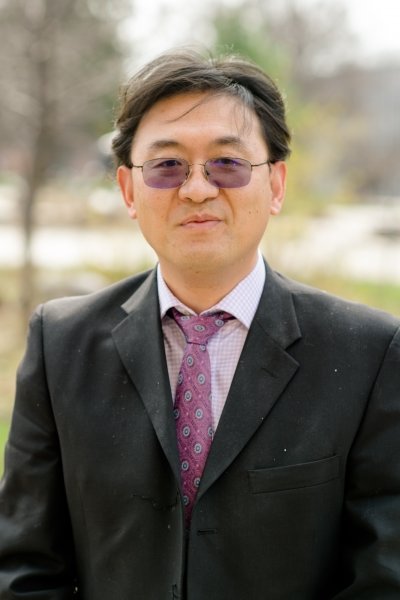
Jingfeng Jiang, known to many as JJ, says computer-aided precision medicine to improve the quality of life for older people is important in an aging society. He also focuses on low-cost health care delivery that can reduce disparities between rural and urban areas.
Approximately 6.5 million people in the United States — one in 50 — have an unruptured brain aneurysm, according to the Brain Aneurysm Foundation. Determining whether a cerebral aneurysm will rupture is crucial for clinicians working with patients to avoid the risks of unnecessary intervention.
The research community has been working on this challenge for decades. During the nomination and award process, notable science and engineering experts came forward to commend Jiang and Sunderland’s extraordinary interdisciplinary efforts, which were conducted in conjunction with researchers around the country.
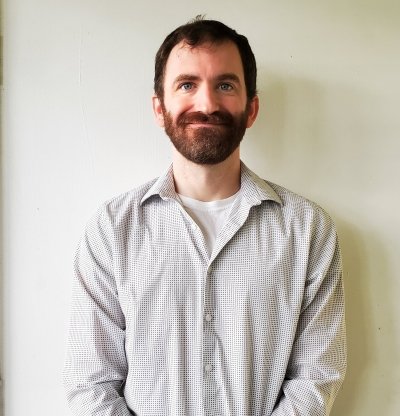
Kevin Sunderland wanted to pursue his graduate education and research where he could combine his personal experiences and academic interests in health with current advances in technology. “I have been lucky enough to find such an ideal place with the community here at Michigan Tech,” he said.
In her letter of support, State University of New York at Buffalo Distinguished Professor Hui Meng noted that collaboration is integral to Jiang’s work — work that typically translates from his lab into clinical settings where it can directly benefit medical experts and their patients.
“Through his long-term collaboration with the University of Wisconsin Medical School and, notably, the renowned neurointerventionalist Charles Strother, M.D., Dr. Jiang deeply understands the critical needs in the clinical management of brain aneurysms and the potential opportunities for computational tools that can help with the diagnosis, especially for identifying those that are at risk of rupture, and minimally invasive treatment of brain aneurysms,” Meng said.
Who is Bhakta Rath?
The Naval Research Lab named a room after him. The more than 750 team members he led include Nobel laureates. He’s received three honorary doctorates. And it all started at Michigan Tech. Learn more about Bhakta Rath’s personal and professional story.
Strother, a retired professor of neuroradiology known globally for his contributions as an interventional radiologist, recalled his work with Jiang in the Wisconsin Institutes for Medical Research. There, they collaborated on research projects to gain a better understanding of why some aneurysms rupture and others don’t. “Dr. Jiang’s abilities as a computational scientist, combined with his talents for explaining complex physical phenomena in terms which I could understand, made it possible for us to carry out and publish studies which combined relevant clinical and geometrical observations about intracranial aneurysms with the complex blood flow features we hypothesized to be responsible for aneurysm growth and rupture,” Strother said. “These experiences, along with the interactions I observed between JJ and Ph.D. candidates, gave me firsthand knowledge of his skills as a teacher and mentor.”
About the Award
The Bhakta Rath Award, founded in 2010, provides over $2,000 to a graduating Michigan Tech Ph.D. student and faculty advisor “who have done something valuable for American industry and society,” encouraging faculty and doctoral students to conduct research that meets the nation’s needs and the challenges of emerging technologies.
Sunderland earned his bachelor’s degree in biology from Augusta University. He gained the engineering and computational skills needed to carry out his research through his Ph.D. work with Jiang. During his studies, he received several prestigious fellowships and awards, including a Portage Health Foundation graduate assistantship and a finishing fellowship from the Michigan Tech Graduate School. Noting that Sunderland was awarded a highly competitive predoctoral fellowship from the American Heart Association, Strother, Meng and other nominators remarked on the exceptional interdisciplinary effort involved in the successful collaboration. “While I do not know Dr. Jiang’s previous Ph.D. student, Kevin Sunderland, I am very much impressed with the quality of work which he did under JJ’s guidance,” Strother said. “A review of his accomplishments at Michigan Technological University shows that at every level, he has excelled.”
Strother also referred to Sunderland’s publication on the importance of disturbed blood flow on endothelial cells that may result in aneurysm formation, growth and rupture as “a remarkable contribution to the literature on this topic” — one that “will be cited often and is a superb resource for others investigating these phenomena.”
"Dr. Jiang has done an equally outstanding job training our next-generation leaders in science. His recently graduated student, Dr. Sunderland, is a rising superstar."
Juan Cebral, whose earlier work in the field investigated how swirling flow instability and complexity correlate to rupture status of cerebral aneurysms, said Jiang and Sunderland’s work fundamentally contributes to a broader understanding of a life-or-death issue. He said the practical impact of the research is a signature of Jiang’s work, noting that, for example, Jiang’s work in ultrasound elastography has been incorporated into diagnostic imaging products available at bedsides now.
"Dr. Jiang continues to work with clinicians to translate computational and data analytical technologies into the clinical workflow. Translation research of this kind intends to impact our society's human health care and longevity immediately … The dissertation work presented by Dr. Sunderland fundamentally contributed to the broadened understanding of vascular remodeling in cerebral aneurysms. I applaud this line of work."
Former Michigan Tech faculty member Feng Zhao feels lucky to have collaborated with the Jiang-Sunderland team during her time at Tech. In her letter of nomination, she noted both the high productivity and creativity the team leveraged to address an issue that impacts so many.
"Upon successful completion of this project, a paradigm shift will be made to improve the treatment of patients with unruptured brain aneurysms in clinical workflow."
In their own words, the award-winning researchers share their process, the challenges, a breakthrough moment — and what’s next.
Q: What’s your project about?
JJ: The overall project idea is about computer-aided precision medicine aiding the management of patients with unruptured brain aneurysms. Unruptured brain aneurysms are difficult to manage, and if they rupture, patients have a hemorrhagic stroke, which is lethal. However, the risk of rupture is not generally high (only 0.1% per year), and the treatment comes with some liabilities that may exceed the risk of brain aneurysm rupture itself.
KS: Our project was aimed at studying and understanding swirling blood flow patterns in vascular aneurysms in relation to aneurysm growth and rupture.
Q: Where did you get the idea?
JJ: We are working with an interdisciplinary team including neurosurgeons (Dr. Aditya Pandey, Dr. Azam Syed Ahmed), radiologists (Dr. Charles Strother, Dr. Joseph Gemmete) and a biomedical engineer (Dr. Feng Zhao). During my training at the University of Wisconsin, I was fortunately mentored by Dr. Charles Strother, and he introduced the clinical problem to me. After joining Michigan Tech in 2012, I slowly picked up the idea of using computer analytics to characterize brain aneurysms based on their rupture risk. We received funding from the state of Michigan, Siemens Healthcare, the American Heart Association and the College of Engineering’s cross-cutting initiative. Michigan Tech also contributed to our research project through cost sharing. We're particularly grateful to Associate Vice President for Research Administration Jim Baker's team along with the biomedical engineering department and our chair, Sean Kirkpatrick.
We eventually connected with Dr. Aditya Pandey, a neurosurgeon at the University of Michigan Medical Center who is also instrumental in our research.
KS: This project originated from the earlier work of Dr. Jiang’s, with later ideas of the project stemming from talking with and learning from our group’s collaborators.
Q: This award is a team effort. Tell me more about what it was like to work with each other. What did you learn from each other?
JJ: Kevin has a B.S. in biology and was trained as a biomedical engineer. He was a terrific colleague to work with. He helped me mentor undergraduate students and train other graduate students in the group. Kevin and I worked closely together. His feedback shifted my understanding of how doctoral students learn and allowed me to make some adjustments to improve our teamwork.
KS: Dr. Jiang was a wonderful advisor and colleague who found a great balance of both mentoring all students in his lab while still letting them explore the research topics and try to answer questions for themselves. From his guidance, I learned to be a better scientist, critical thinker and leader.
Q: How have your methods helped make the project successful?
JJ: Introducing modern deep-learning methodology into the proposed research rejuvenated the management of patients with unruptured brain aneurysms.
KS: One of the methods that helped improve the success of this project was through the mixture of perseverance and wanting to be a little bit lazy. I helped to automate (or streamline) many of the more time-consuming and error-prone aspects of both the computational methods of computational data generation and data analytics. Without this, almost all of our projects would take far longer than anticipated.
Q: What were the biggest challenges and how did you meet them?
JJ: The biggest challenge for this translational research is the clinical exposure. We are fortunate enough to have support from four outstanding clinical collaborators mentioned above and also support from Dr. Feng Zhao, who contributed tremendously to vascular remodeling. Frankly, I feel very lucky to have their continued support for this project.
KS: Due to the complexity of the data and the multifaceted nature of the problem we investigated, it was hardest to find methods that could properly analyze our data. It was through extensive reading, literature review and collaborating with other researchers across an array of disciplines that we were able to meet the challenges of our work.
Q: Was there a moment when you knew you’d made a breakthrough?
JJ: When Kevin’s flow vortex analysis yielded quite stable results, I knew we had something. Now, the work has been expanded into other clinical problems, and our initial results are very promising.
KS: During one of the more complicated research topics we worked on — if our analysis of blood flow vortices could improve the prediction of aneurysm rupture — the first time our outcomes showed an increase in prediction accuracy … we knew we were on the right track!
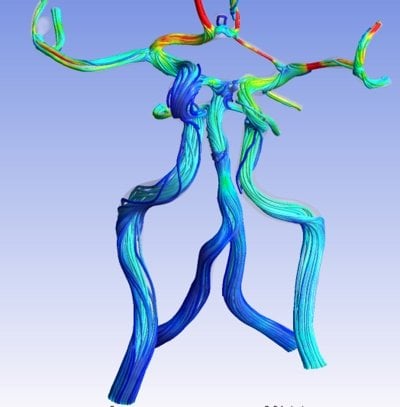
Q: Why do you care about your research?
JJ: I am always interested in making contributions to society. Computer-aided precision medicine will improve the quality of life for seniors. In an aging society, that is important. I also want to develop low-cost health care delivery that can reduce the disparities between rural and urban areas. The latter is another focal area of my research.
KS: Medical science and health care is a difficult yet exciting area of research, with every new breakthrough having the potential to one day save lives and improve our world’s quality of life. Having the opportunity to develop innovative means of studying and understanding the life-threatening pathology of aneurysms means that, even if in just a small part, I might help improve the lives of people for years to come.
Q: What’s next for you? What’s next for the research?
JJ: Our family’s current mindset is how to get my daughter into a college of her choice next year. In terms of research, my lab is expanding our footprints in other clinical applications, including pediatric structural heart disease (multimodality image guidance, patient monitoring, better surgical planning through virtual and augmented reality, etc.), aorta disease (aneurysm and dissection) and liver disease.
KS: I have started a career working as a bioinformatics scientist with a company doing contract work with the United States Air Force. I have taken what I learned working with Dr. Jiang and other researchers at Michigan Tech and applied it to working with health science researchers focused on improving the lives of soldiers and society at large.
Q: Anything else you’d like to share?
JJ: I feel fortunate that I was able to recruit Kevin into my lab. He had other options and he took a chance on me. Things worked out well from beginning to the end: He is moving on for a good life in sunny California and getting paid well. Also, I appreciate the support from the biomedical engineering department, the College of Engineering and many colleagues within and outside Michigan Tech. I look forward to new challenges.
KS: While I have stepped away from Dr. Jiang’s lab, I will always be highly appreciative of the risk he took with a new doc student, and I look forward to seeing what his lab produces in years to come.
Michigan Technological University is an R1 public research university founded in 1885 in Houghton, and is home to nearly 7,500 students from more than 60 countries around the world. Consistently ranked among the best universities in the country for return on investment, Michigan's flagship technological university offers more than 185 undergraduate and graduate degree programs in science and technology, engineering, computing, forestry, business, health professions, humanities, mathematics, social sciences, and the arts. The rural campus is situated just miles from Lake Superior in Michigan's Upper Peninsula, offering year-round opportunities for outdoor adventure.
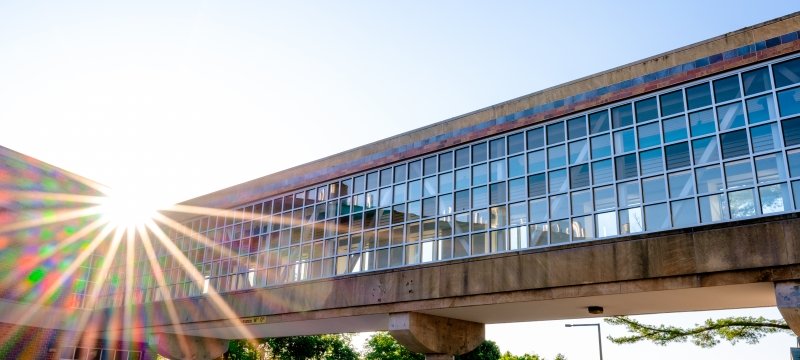
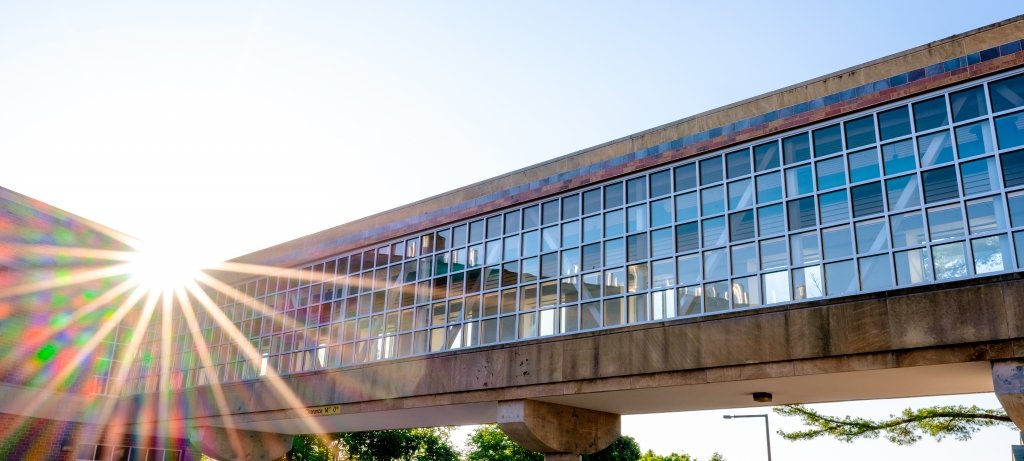
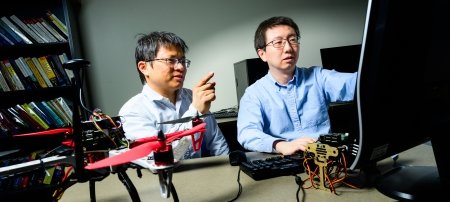
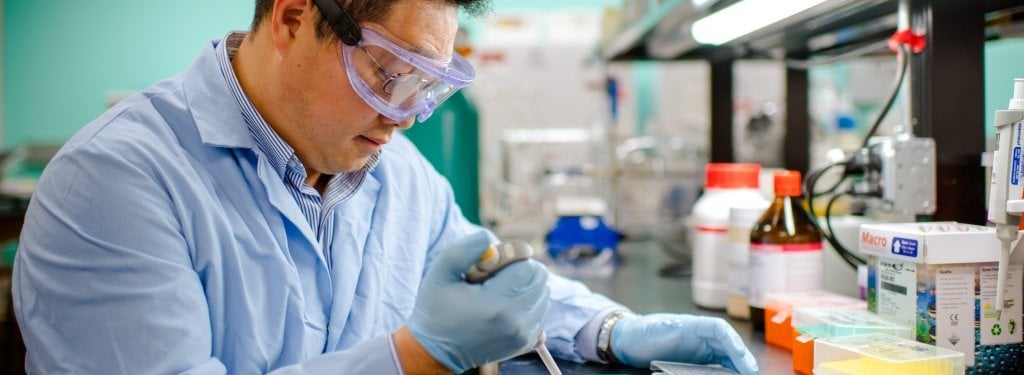

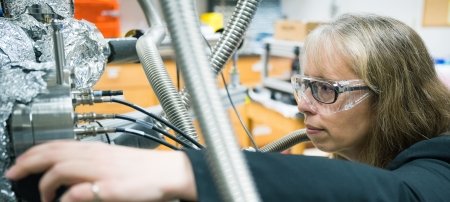
Comments